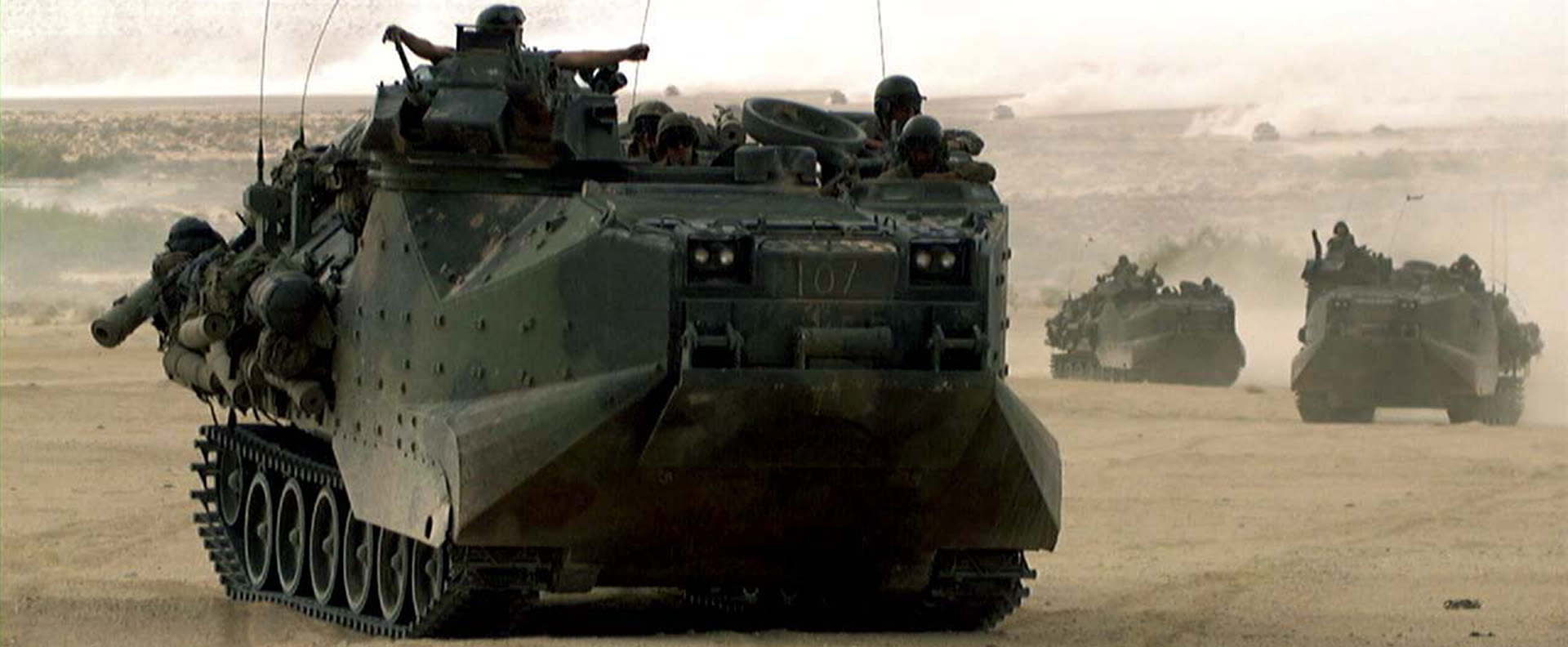
Reliability.
With NVS-MIL2004HSR, the mission reliability is enhanced thanks to the application of interoperable high-availability Ethernet solutions. Specifically, it supports the two only protocols able to ensure zero-delay recovery time in case of a network failure: High-availability Seamless Redundancy (HSR, IEC 62439-3 Clause 5) and Parallel Redundancy Protocol (PRP, IEC 62439-3 Clause 4).
HSR provides redundancy by sending packets in both directions through a ring network. A simple HSR network consists in Doubly Attached Bridging Nodes, each having two Ethernet ports. A HSR node sends the same frame over both ports, therefore even in fault scenario where the fiber optic is broken, no frame lost is ensured and the communication among all the nodes continues.
PRP redundancy is implemented in the nodes rather than in the network. Especially adapted nodes (Dual Attached Nodes – DANs) are connected to two independent and standard Ethernet networks (LAN A and LAN B) and send the same frames over both networks. The PRP operatives ensures the reception of all the information even if one the networks fails.
High-availability Seamless Redundancy + Parallel Redundancy Protocol



